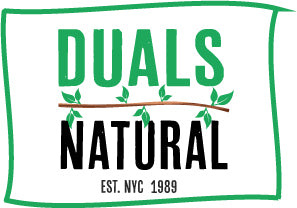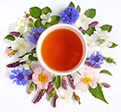

Description
Profile: Burdock root has the same benefits and properties as conventional burdock root, but is produced without the use of chemical agents and is minimally processed.
Details: Pacific Northwest burdock root. Arctium lappa is used in western and eastern herbalism. This adaptable root is used in Eastern cuisine as a food plant.
Burdock has been used for thousands of years in Western and Chinese folk medicine for its cleaning and skin smoothing effects. The whole plant is edible and popular in Japan and Asia. Burdock is used in hair tonics and mature skin cosmetics.
Biennial Asteraceace family member with bright pink-red to purple thistle-like blooms on long stalks and rectangular to cordate, large hairy leaves. Native to Europe and Asia, naturalized in North America and Australia. This plant can reach 9 feet tall, and its "carrot-like" taproot can grow 3 feet deep (making them difficult to harvest). In the northern U.S. and Europe, it's a naturalized weed.
The generic name arctium comes from the Greek word for bear, arktos, and the species name, lappa, means "to seize." The rough, hairy fruit (bur) resembles a huge, furry bear and will grab onto anything nearby to disseminate its seed, hence the name. Its popular name comes from the French word bourre for tangled wool (frequently with burs) and the German word "dock" for big leaves. A. minus and A. tomentosum are interchangeable. Burdock is often confused with cocklebur or Xanthium spp.
China, Japan, Vietnam, Indonesia, Philippines, New Zealand, U.S., Canada, Europe.
Fall-picked seeds are rolled to remove chaff. Roots can be harvested in the first year's fall or second year's spring, preferably the former. According to herbalist Michael Moore, plucking full-flowered plants in the fall is like digging up a little tree.
Burdock has been utilized for thousands of years throughout Asia, Europe, and North America. It's a Japanese vegetable called gobo. Young leaves and root can be cooked like any other vegetable. The stalks taste like asparagus and can be eaten raw, boiled, or candied.
Traditional Chinese medicine has long used burdock fruit. It balances internal heat, supports skin health, and is related with lung and stomach meridians. It's chilly and slippery, soothing mucous membranes. Cooking changes the root's energy characteristics and makes it simpler to digest. The seeds were used as a diuretic in European folk medicine. It helped with digestion and as a poultice.
-Culpepper wrote in his 1653 Complete Herbal:
It's so well-known, even by the tiny boys who throw and put the burs on each other, that I won't describe it.
Burdock leaves cold and dry. Leaves applied to areas with sinew or artery shrinkage provide relief. The juice of the leaves or roots, mixed with old wine, helps snakebites.
Culpepper, an enthusiastic astrologer and herbalist, regarded burdock a feminine plant ruled by Venus when crafting his burdock elixirs. The root was believed to have magical healing and protection powers. It was believed that wearing a necklace fashioned from waning moon root would guard from evil and negativity. Malecite, Micmac, Ojibwa, and Menominee used the plant for skin health. Iroquois dried the roots over a fire for next year's food. They used A. minus medicinally.
William Cook, author of the Physio-medical Dispensatory in 1869, said burdock makes a good spring beverage with yellow dock, spikenard, elder blossoms, and ginger. Burdock is a "strong yet safe lymphatic decongestant" As a gentle alternative, it works best over time and has restorative characteristics due to its bitter tonic effects on the digestive system. Inulin nourishes healthy colon bacteria.
Many herbalists consider burdock the best skin medicine (Hoffman, Moore). Multipurpose, efficient, and gentle herb. It enhances skin circulation and bile flow. Mild diuretic and lymphatic. Burdock is a popular blood purifier. A leaf poultice soothes poison oak and poison ivy, and a leaf decoction is a skin wash.
Bitter, chilly, sweet
Infusion, decoction, or tincture of dried root.
Burdock burs inspired Velcro. Georges de Mestral, a Swiss electrical engineer, observed burs on his wool socks and dog's fur while hiking. He examined the fruit's barbed, hook-like seeds and felt he could reproduce its "gripping" effect in the lab. Velcro was patented and released in 1955.
NOTICE: DO NOT USE THIS PRODUCT IF PREGNANT OR NURSING.
**These statements have not been evaluated by the Food and Drug Administration. These products are not intended to diagnose, treat, cure, or prevent any diseases.
| Ingredients: | Burdock root |
| Shelf Life: | 2 Years. |
| Product Style: | Cut & Sifted |
| Country of Origin: | USA |
| Handling / Storage: | Store in a cool, dry place. |
| Allergen Information: | None Specified. |
| Dietary Preferences: | All Natural, Gluten-Free, Kosher Parve, Non-GMO. |
Best Sellers
-
 from $9.99
from $9.99Profile: Thyroid | Digestive | Sexual | Appetite Suppressant - Iodine is one of the many minerals found abundantly in sea moss. By consuming sea mo...
View full details -
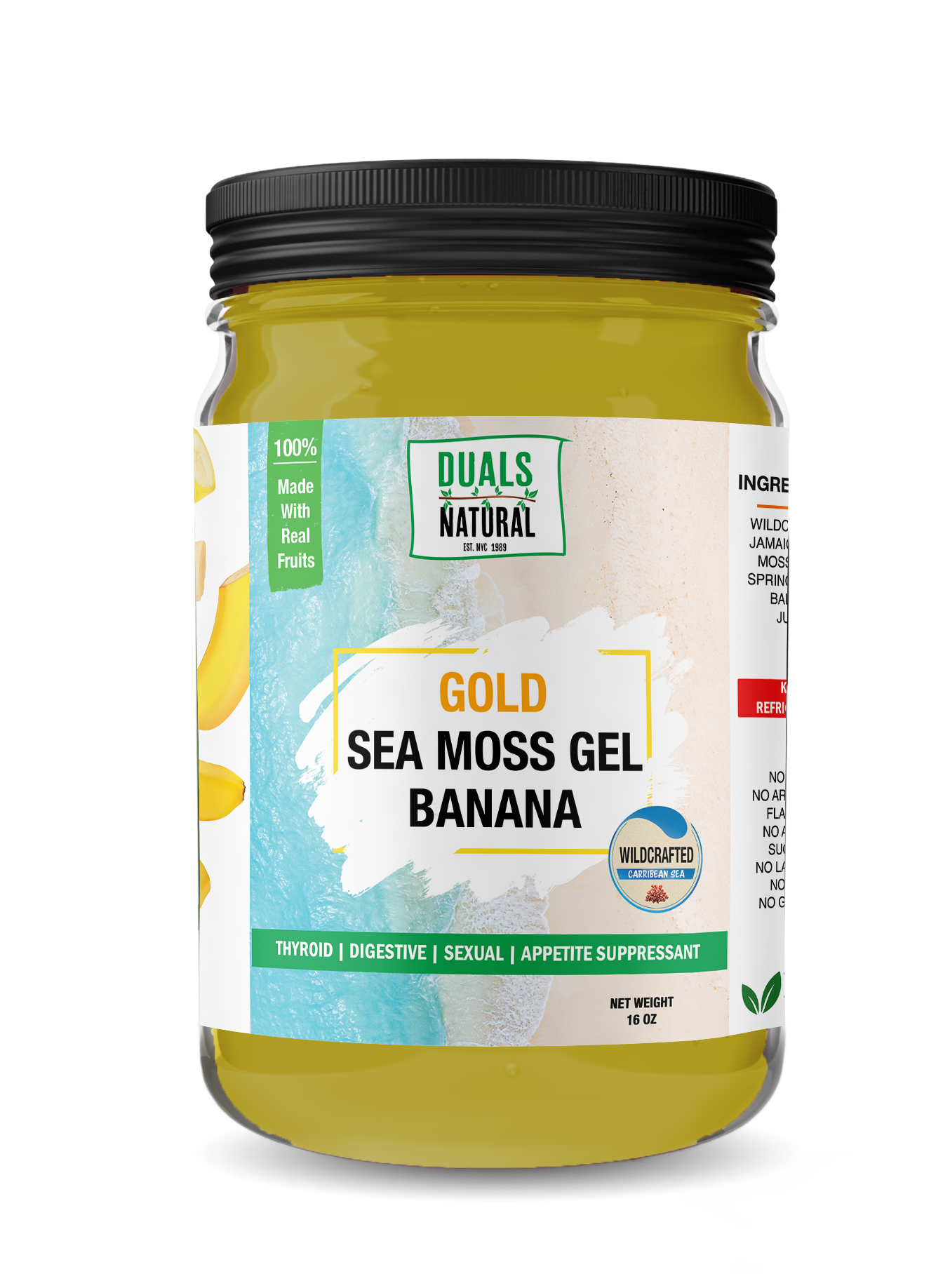
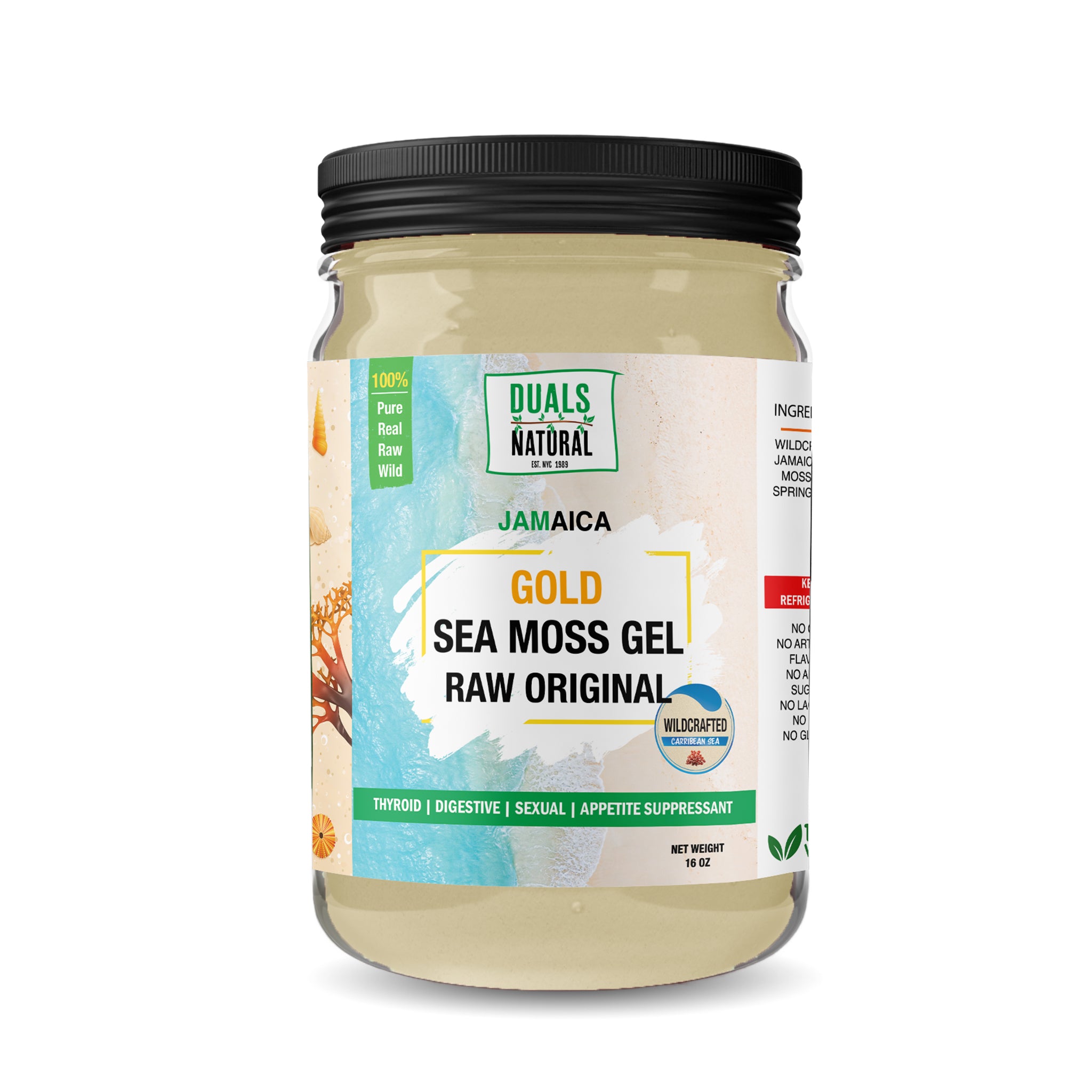 $30.00
$30.00100% Pure Raw Wildcrafted Sea Moss PER 50 GRAMS OF SEA MOSS Iodine 360 μg - Which is 240% of your Recommended Daily Intake Iron 4.45 mg - Whi...
View full details -

 $9.99
$9.99Blue Lotus flower, also known as Egyptian Lotus or Sacred Lily of the Nile, has it's roots in ancient Egypt (and often linked to Cleopatra); wher...
View full details -
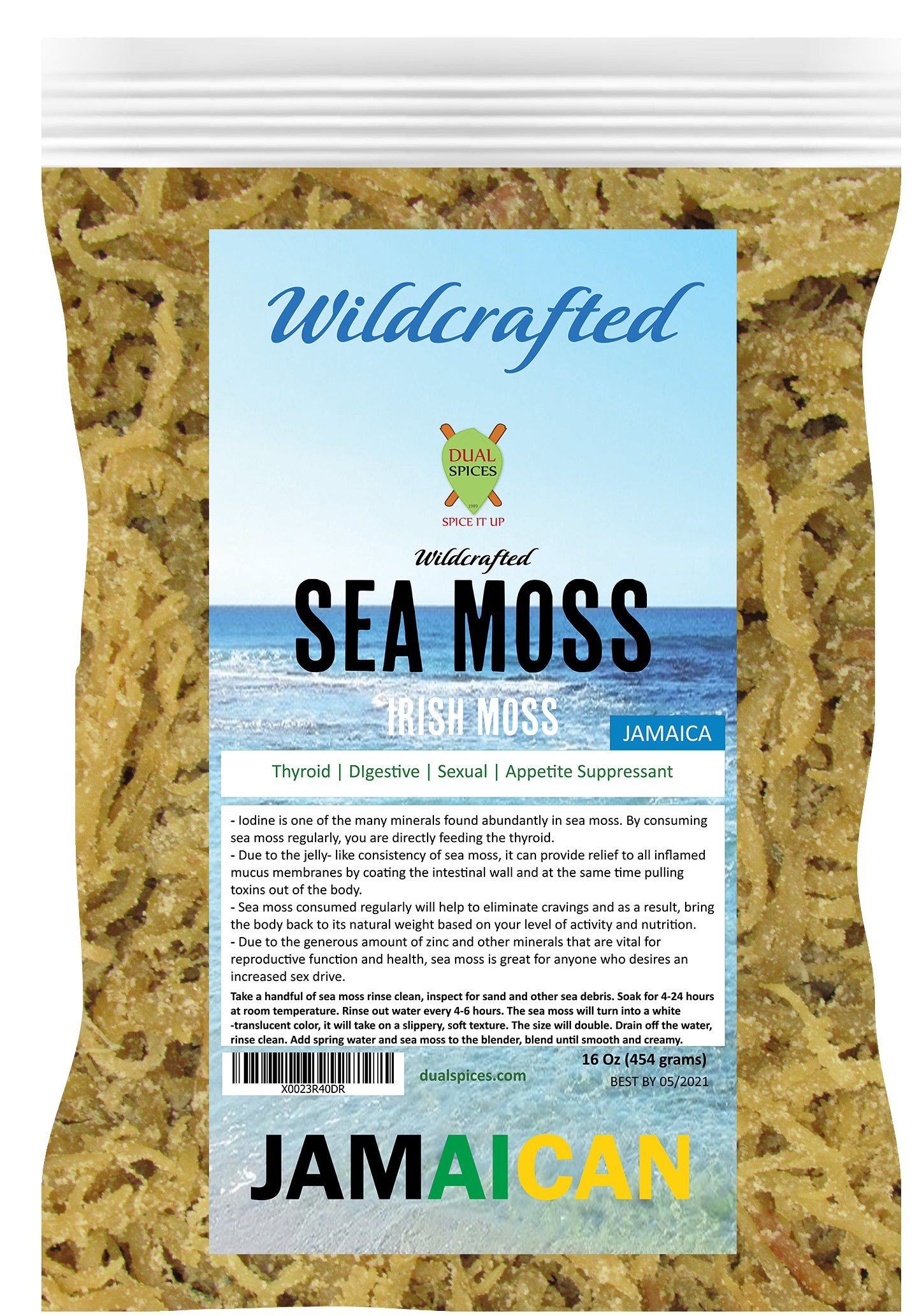 $24.99
$24.99Profile: Thyroid | Digestive | Sexual | Appetite Suppressant - Iodine is one of the many minerals found abundantly in sea moss. By consuming sea m...
View full details -

 from $3.95
from $3.95Premium Egyptian dried Hibiscus sabdariffa flowers, prized for their vibrant crimson color and naturally tart flavor. These whole flower petals are...
View full details -
 from $5.95
from $5.95Premium organic Ashwagandha (Withania somnifera) root powder, meticulously sourced from India and traditionally used in Ayurvedic medicine. This po...
View full details -
 from $4.50
from $4.50House Blend Garam Masala Traditional North Indian Spice Blend Garam masala, meaning "hot spice blend" in Hindi, is a cornerstone of North Indian ...
View full details -
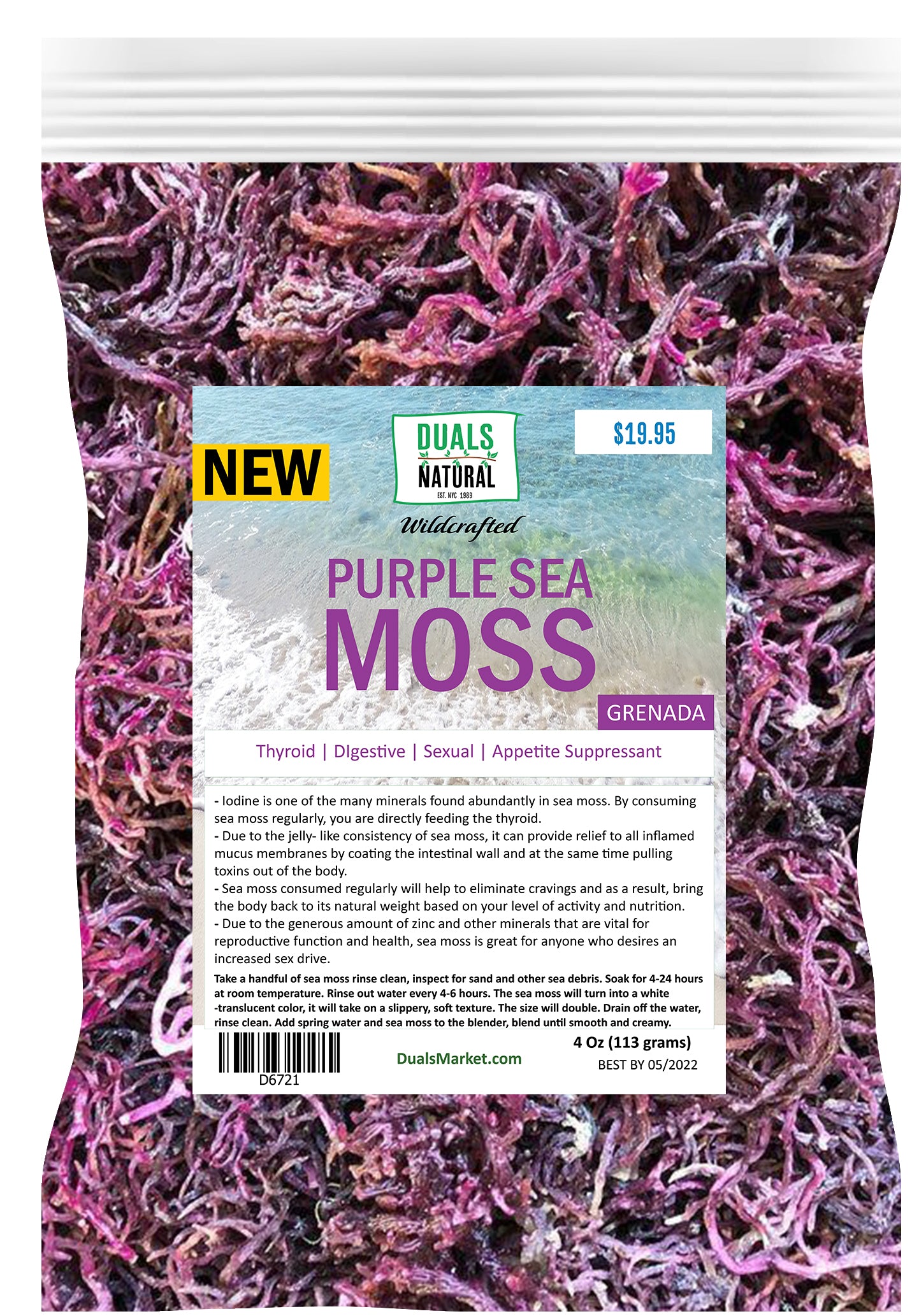
 from $19.95
from $19.95Profile: Thyroid | Digestive | Sexual | Appetite Suppressant - Iodine is one of the many minerals found abundantly in sea moss. By consuming sea mo...
View full details
